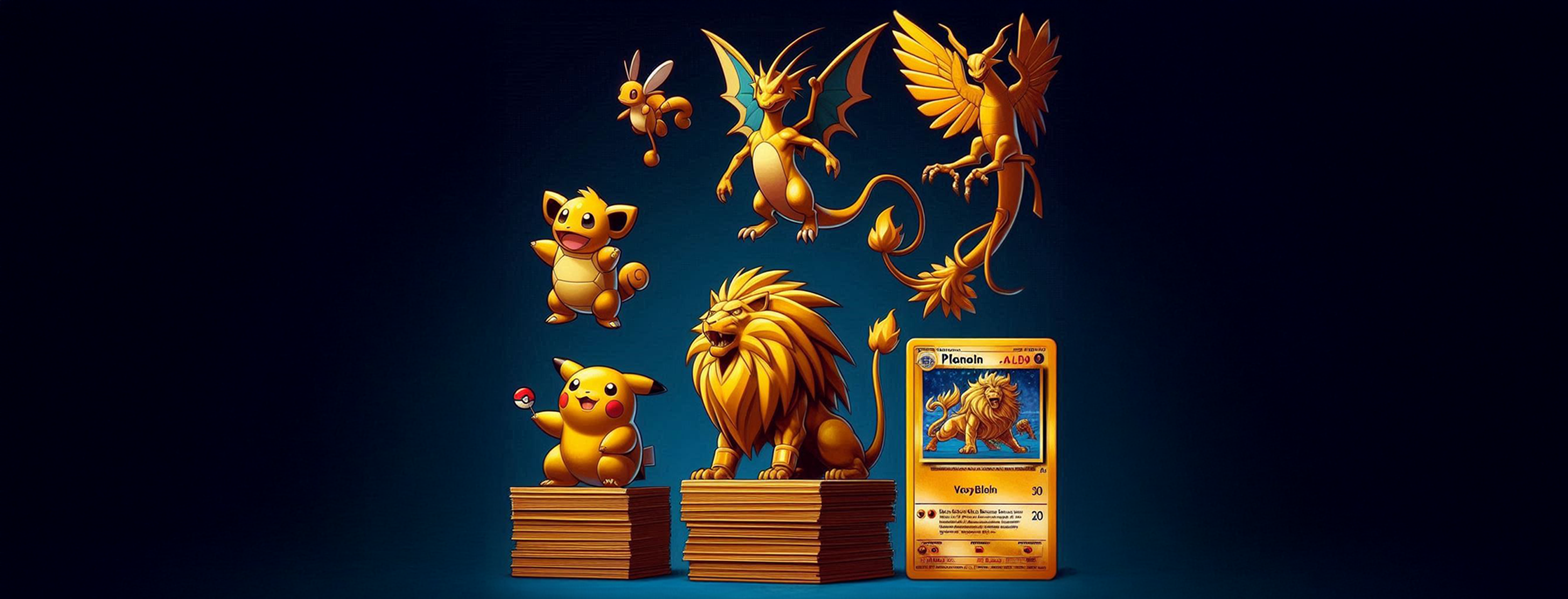Table of Contents
Introduction
What started as a humble trading card game in 1996 has evolved into a global phenomenon, with Pokémon cards becoming one of the most sought-after collectibles in the world. From playground trades to high-stakes auctions, the value of Pokémon cards has skyrocketed over the years, driven by nostalgia, rarity, and market trends. But how did these pieces of cardboard become goldmines for collectors? Let’s explore the journey of Pokémon cards, the factors influencing their value, and the stories behind some of the most iconic cards.
1. The Early Days:

Base Set and the Birth of a Phenomenon
When Pokémon cards first hit the shelves in the late 1990s, they were an instant hit among kids. The Base Set, featuring 102 cards, introduced iconic characters like Charizard, Pikachu, and Blastoise. At the time, these cards were valued more for their playability in the trading card game than as collectibles.
Key Card:
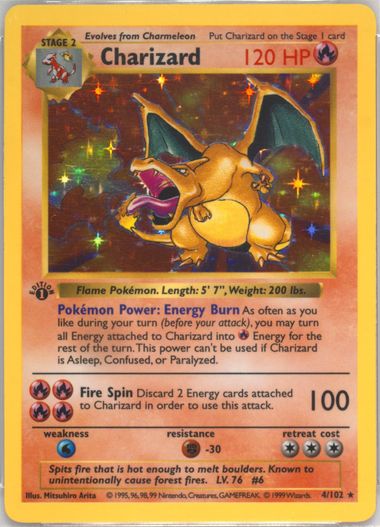
The holographic Charizard from the Base Set quickly became a fan favorite, not just for its power in the game but also for its stunning design. Today, a first-edition Charizard in mint condition can fetch upwards of $300,000 at auction.
Why It Matters:
The Base Set laid the foundation for Pokémon’s enduring popularity and established the concept of “chase cards.”
2. The Rise of Rarity:

What Drives Value?
As the Pokémon TCG expanded, so did the concept of rarity. Cards were categorized into common, uncommon, rare, and holographic rare, with additional layers like secret rares and promotional cards introduced later.

Factors Influencing Value:
Condition:
Cards graded by PSA or Beckett as “Gem Mint 10” command significantly higher prices.
Print Runs:
Limited-edition cards, such as those from the early sets or special events, are highly coveted.
Cultural Impact:
Cards featuring popular Pokémon like Pikachu, Eevee, or Charizard tend to hold their value better.
Example:
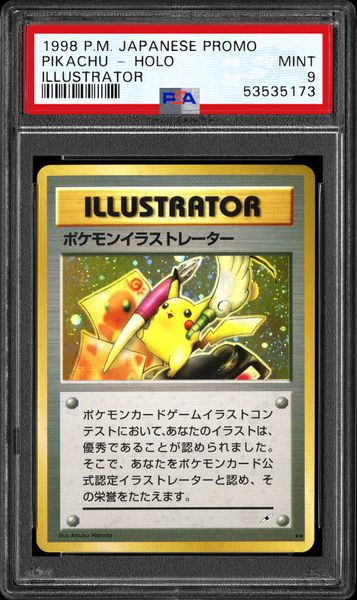
The Pikachu Illustrator card, awarded to winners of a 1998 art contest in Japan, is considered the holy grail of Pokémon cards. Only 39 were ever produced, and one sold for $5.275 million in 2021.
3. The Nostalgia Boom:
Millennials and the Resurgence of Pokémon
Fast forward to the 2010s, and Pokémon cards experienced a massive resurgence, fueled by millennial nostalgia. Many who grew up with the franchise began revisiting their childhood collections, sparking a renewed interest in the hobby.
The Logan Paul Effect:
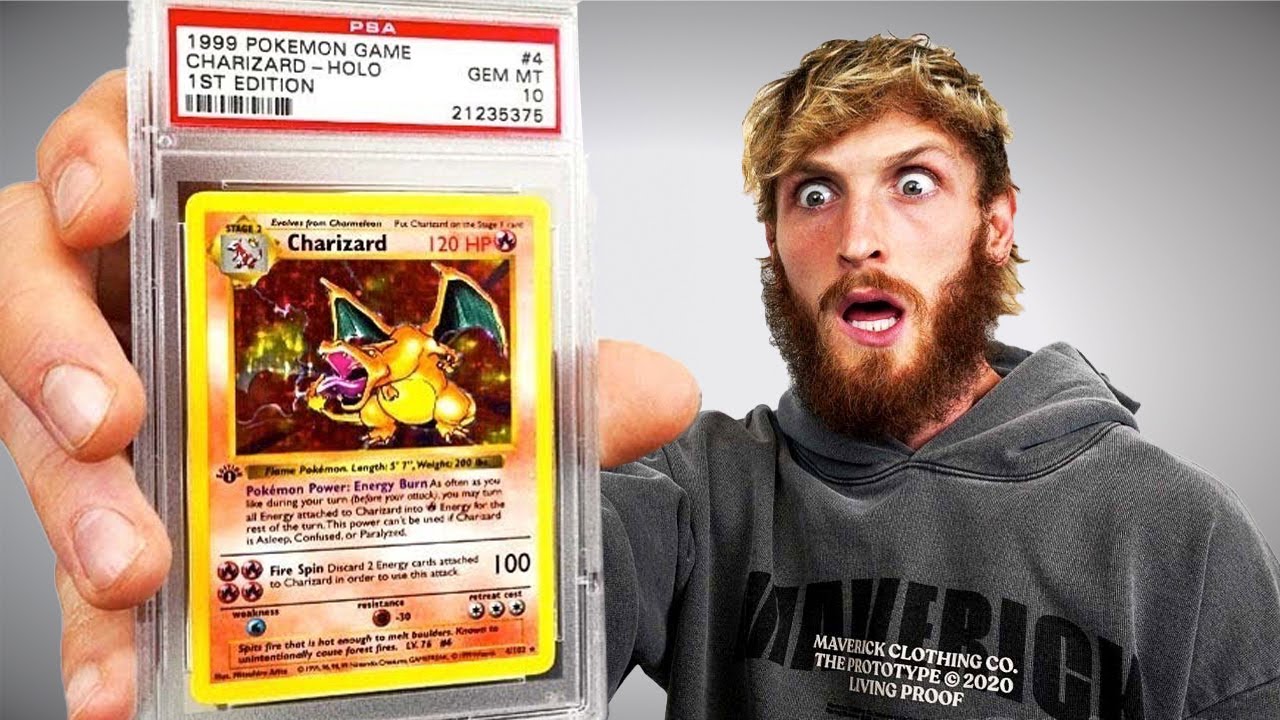
In 2020, YouTuber Logan Paul purchased a first-edition Charizard for $150,000, bringing mainstream attention to the Pokémon card market. His high-profile auctions and unboxings created a ripple effect, driving up demand and prices.
Pandemic Impact:
The COVID-19 pandemic also played a role, as people sought hobbies and investments during lockdowns. Pokémon cards became a perfect blend of both.
4. Market Trends:
Peaks and Plateaus
The Pokémon card market has seen its share of ups and downs, with certain trends shaping its trajectory:
Grading Craze:
The rise of professional grading services like PSA or Beckett has added a layer of legitimacy to the market. Cards graded as “Gem Mint 10” often sell for 10x or more compared to ungraded versions.
Set-Specific Trends:
Certain sets, like the Base Set, Neo Genesis, and Hidden Fates, consistently perform well due to their iconic status and desirable cards.
Modern Cards:
While vintage cards dominate the high-end market, modern sets like Shining Fates and Celebrations have introduced new chase cards, keeping the hobby alive for younger generations.
Market Corrections:
After the 2020-2021 boom, the market has seen some stabilization, with prices for certain cards leveling off. However, rare and iconic cards continue to appreciate in value.
5. Iconic Cards and Their Stories
Let’s take a closer look at some of the most valuable and intriguing Pokémon cards:
Pikachu Illustrator:

As mentioned earlier, this card is the pinnacle of rarity and value, with its unique artwork and limited distribution.
Shadowless Charizard:
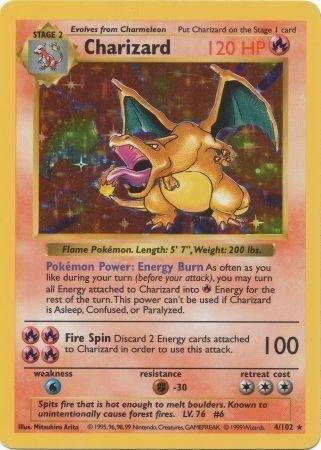
The “shadowless” variant of the Base Set Charizard is a collector’s dream due to its limited print run and iconic status.
Tropical Mega Battle Cards:
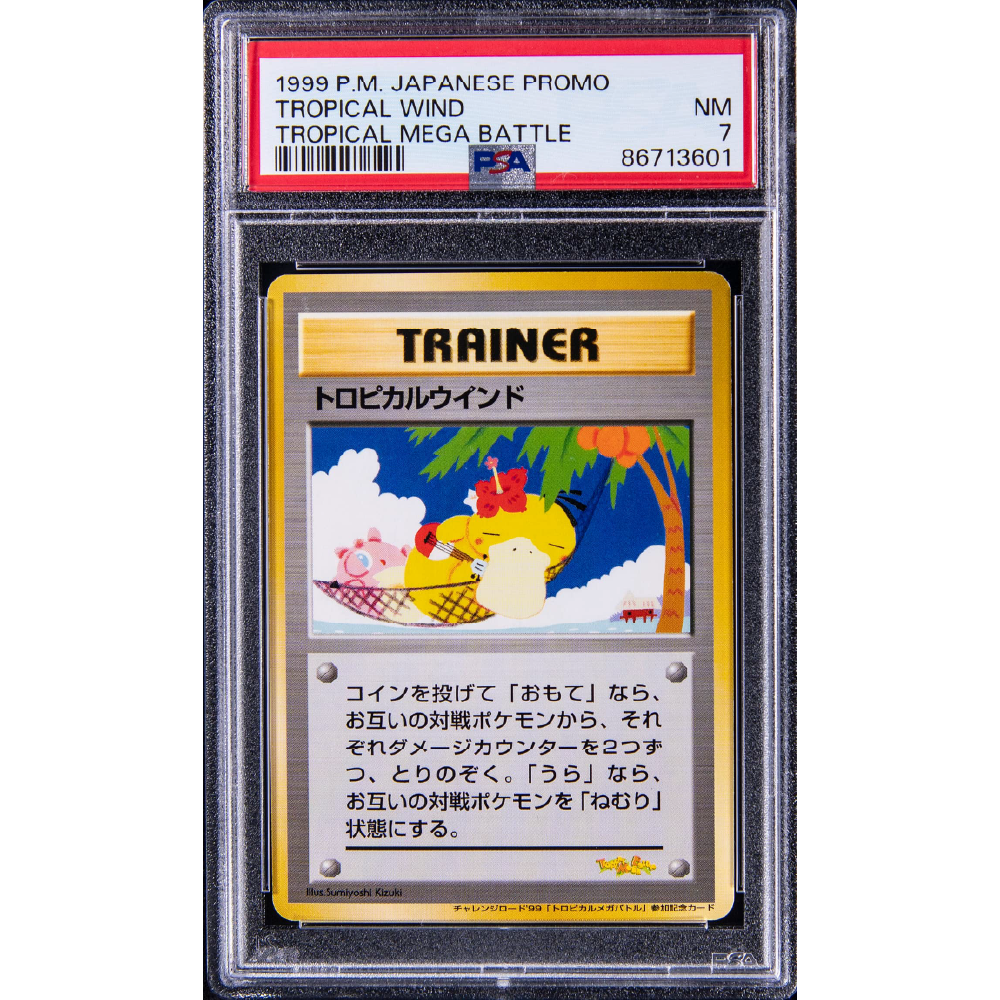
These promotional cards were awarded to participants of the Tropical Mega Battle tournaments in the late 1990s. Their exclusivity makes them highly desirable.
Modern Chase Cards:

Cards like the Shiny Charizard GX from Hidden Fates and the Rainbow Rare Pikachu VMAX from Vivid Voltage have become modern-day grails.
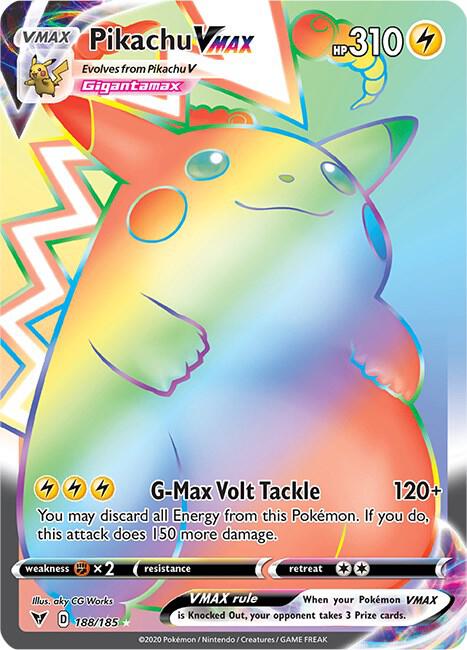
6. The Future of Pokémon Card Collecting
As Pokémon continues to celebrate milestones like its 25th and 30th anniversaries, the card market shows no signs of slowing down.
Here’s what the future might hold:
Digital Integration:
The Pokémon Company has already introduced digital versions of the TCG, but could NFTs or blockchain technology play a role in the future?
New Generations:
With each new Pokémon generation, fresh sets and mechanics keep the game and hobby relevant.
Sustainability:
As the market matures, collectors are focusing on quality over quantity, with an emphasis on graded cards and complete sets.
Conclusion
From playground trades to million-dollar auctions, Pokémon cards have come a long way. Their value is driven by a perfect storm of nostalgia, rarity, and cultural significance. Whether you’re a seasoned collector or a newcomer to the hobby, the world of Pokémon cards offers endless opportunities for discovery and excitement. So, the next time you come across a dusty binder of cards, take a closer look—you might just be holding a piece of cardboard gold.
